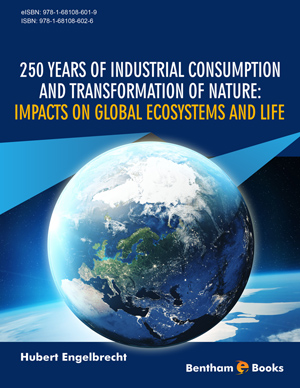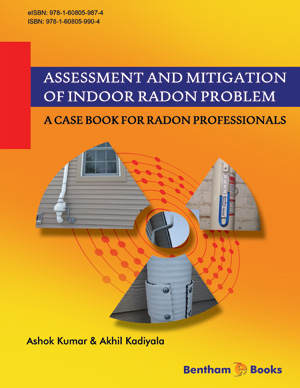Abstract
Nowadays, the whole world is facing water containment issues caused by anthropogenic sources, including household waste, agricultural waste, and industrial waste. There is a huge impact of wastewater on the environment; hence, the public concern over it has been increased. This led researchers to be motivated and find radical and cheap solutions to overcome this problem. Several conventional techniques, including boiling, filtration, sedimentation, and chlorination, are used for wastewater treatment; however, they have limited scope. Some other methods like coagulation, flocculation, biological treatment, Fenton processes, advanced oxidation, membranebased processes, ion exchange, electrochemical, adsorption, and UV-based processes have been applied to remove pollutants, but there are still some limitations. This review chapter sheds some light on these traditional and modern methods applied for water treatment, along with their advantages and disadvantages. These methods have the potential to remove pollutants from wastewater, such as natural organic matter, heavy metals, inorganic metallic matter, disinfection byproducts, and microbial chemicals. The potential threats and challenges of using water treatment methods for safe water production have also been discussed in this chapter.
Keywords: Adsorption, Biological treatment, Chemical methods, Electrodialysis, Fenton process, Membrane treatment, Purification methods, UV treatment, Water pollution.












